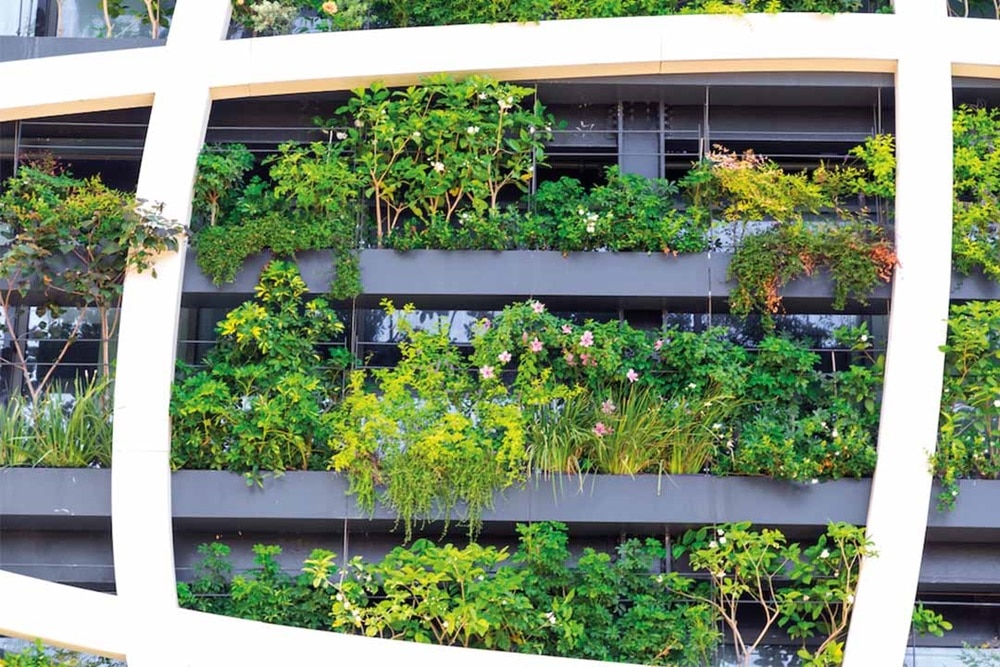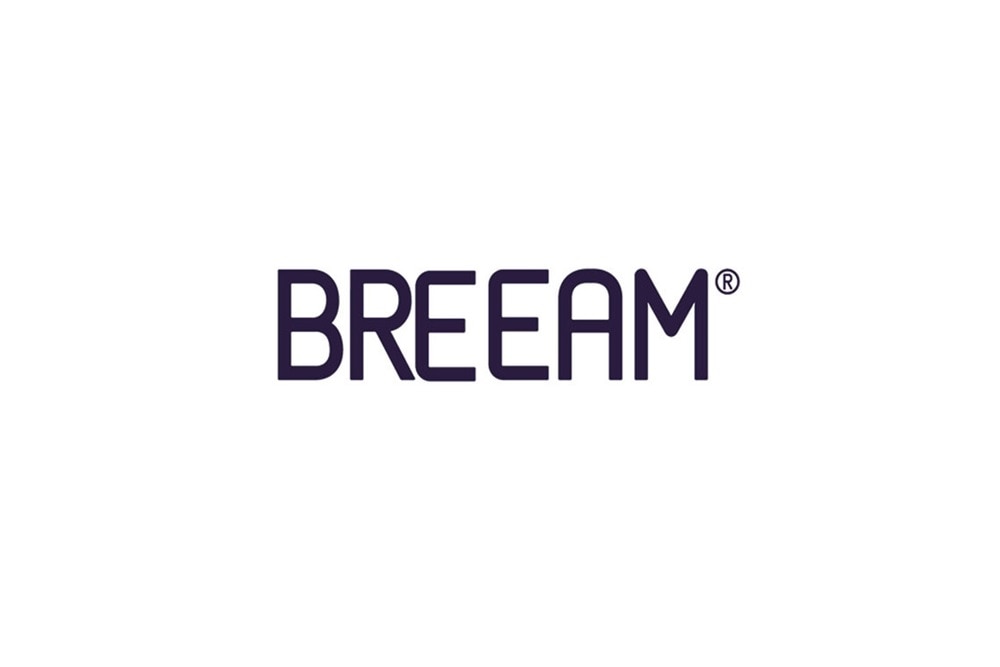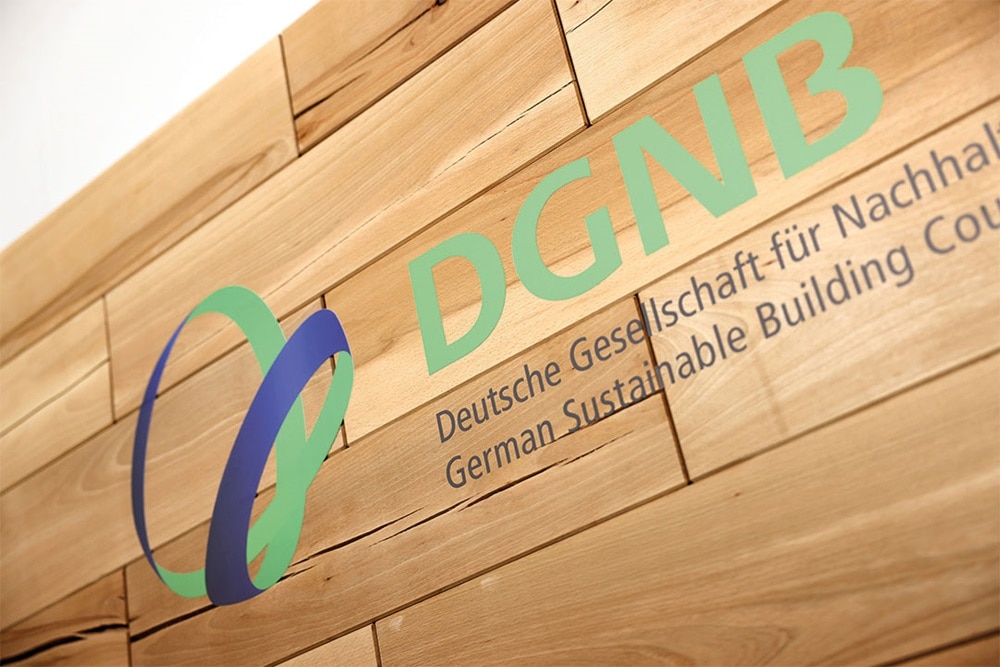Sustainable Building Certifications: An Overview

Around 30 percent of total CO2 emissions and just over 30 percent of total energy consumption are attributable to the building sector in Germany. These are two of the reasons why the sustainability of buildings is becoming increasingly important. Certification systems are intended to help formulate sustainability goals from planning to possible dismantling – and to implement them.
There are now several of these certifications for sustainable buildings around the world. We present the most important ones in a brief overview.
Why certificates for sustainable buildings?
The building sector needs to become more sustainable. This has been clear at least since the "2020 Global Status Report for Buildings and Construction" by the United Nations and the Global Alliance for Buildings and Construction. Worldwide, the building sector, including construction, is responsible for 38 percent of CO2 emissions.
According to the International Energy Agency (IEA), direct emissions of climate-damaging greenhouse gases from buildings and indirect emissions from construction would have to fall by 50 and 60 percent respectively by 2030. This is the only way to achieve the goal of a CO2-neutral building stock by 2050.

Certifications for the sustainability of buildings are therefore intended to provide assistance. Since the beginning of the 1990s, the number of certification systems has continued to increase, and more than 40 have now been established worldwide.
New legal frameworks for building standards
Legislative initiatives are constantly setting new standards in terms of sustainability. The EU Energy Performance of Buildings Directive (EPBD), for example, has been doing just that since 2003, has been amended and supplemented several times since then, and a further revision has been in development since 2021. For investors, builders, planners and architects, this means increasing demands. Against this background, the growing importance of independent certification systems can be explained.
This is because they provide comprehensive assistance in order to achieve central sustainability goals in all relevant areas during the construction or renovation of buildings. What's more, they serve as continuous quality control and ensure that the required standards are actually met.
Highest standards of sustainability
In many cases, the requirements of the certification systems even go beyond the legal requirements. The buildings then have to meet higher standards in order to be awarded a certificate.
As a rule, certification systems take into account the entire life cycle of a building – from construction to operation and dismantling. An important aspect in all systems is also the electrical infrastructure, which is checked in terms of efficiency, comfort gains and materials used. We present three of the leading systems.

BREEAM: The pioneer from Great Britain
The Building Research Establishment Environmental Assessment Method has been in use since 1990, making it the oldest certification system for sustainable construction. Originally developed in the UK, BREEAM has long since become the most widely used certificate. It is awarded in more than 70 countries.
Following a comprehensive revision in 2008, this system also covers the entire life cycle of a building, and since 2016 TÜV SÜD has been the exclusive licence partner for the D-A-CH region

LEED: Building Certification from America
The LEED (Leadership in Energy and Environmental Design) certification system was initially developed in 1998 for the United States. The British BREEAM certificate served as the basis. Since 2002, LEED Canada has been a version tailored to Canada, which takes into account the climatic conditions, construction methods and national laws there.
Both systems are constantly being developed thanks to the United States Green Building Council (USGBC) and the Canada Green Building Council (CaGBC).

DGNB: German Certificate for Sustainable Building
The German award for sustainable buildings has been presented since 2009. The DGNB certificate was launched as a joint project of today's Federal Ministry of Transport and Digital Infrastructure and the eponymous German Sustainable Building Council (DGNB).
With its own certification system, the requirements of German standards and regulations, among other things, should be incorporated more strongly into the quality criteria. As with BREEAM and LEED, the overall performance of a building is evaluated over its entire life cycle.

The certifications have different focuses, even if they deal with the topic of sustainability comprehensively. Many systems even assess only partial aspects and specialize in building materials or health issues.
Therefore, the certification system should always match the specific requirements of the location, design and the company's own sustainability goals – and not the other way around.
